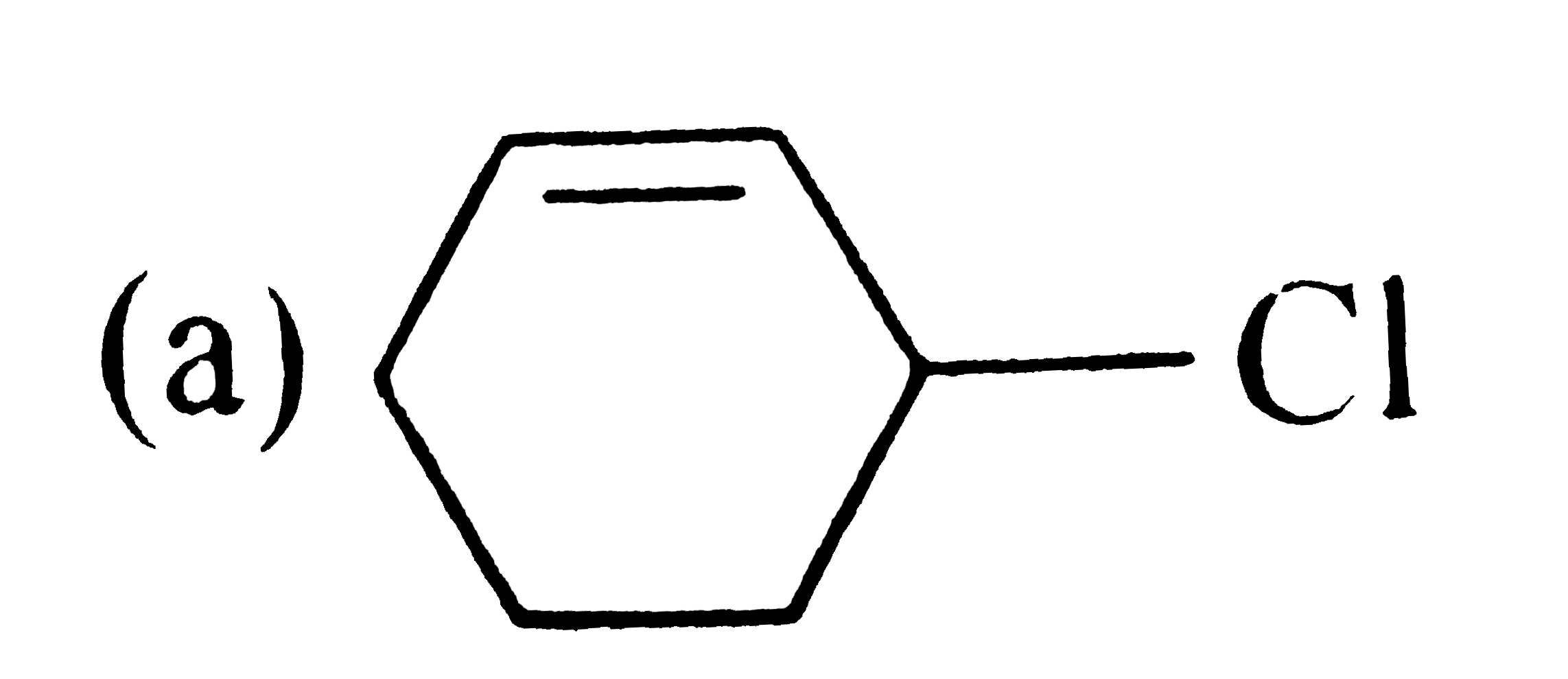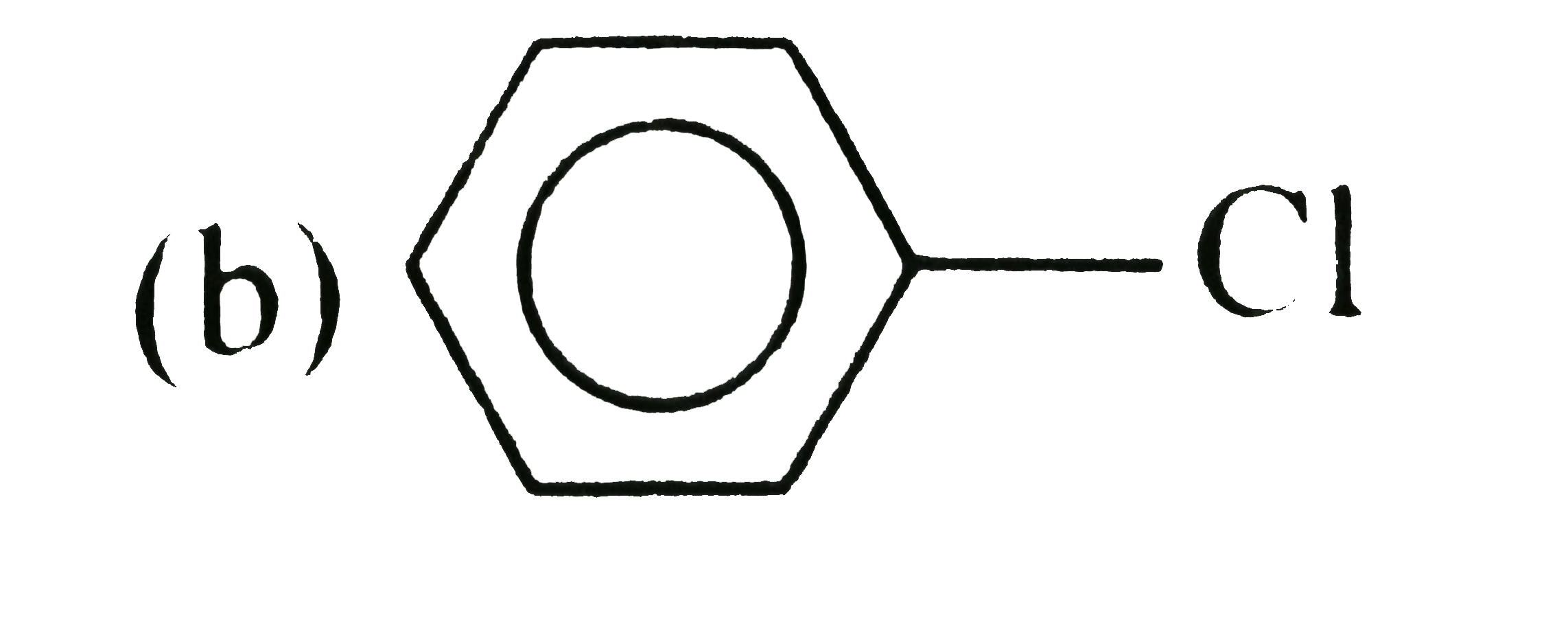A compound C5H8 which gives white ppt. with ammonical AgNO3.A give (CH3)2CHCOOH with hot alcoholic KOH then compound is
CH3CH2−CH2−CH=CH2
CH3−CH2−C≡CH
(CH3)2CH−C≡CH
CH2=CH−CH2−CH=CH2
The correct Answer is:C
To solve the problem, we need to analyze the information given about the compound C5H8 and the reactions it undergoes.
1. Identify the Compound:
- The molecular formula C5H8 suggests that the compound is an alkene or a cyclic compound since it has fewer hydrogens than alkanes (which would have CnH2n+2).
- The presence of a double bond or a ring structure is indicated by the degree of unsaturation.
2. Reaction with Ammonical AgNO3:
- The compound gives a white precipitate with ammonical AgNO3. This indicates that the compound likely contains a terminal alkyne or an alkene that can form a silver complex.
- Terminal alkynes react with ammonical silver nitrate to form a white precipitate of silver acetylide.
3. Reaction with Hot Alcoholic KOH:
- The compound gives (CH3)2CHCOOH (which is 2-methylbutanoic acid) when treated with hot alcoholic KOH. This suggests that the compound undergoes a reaction similar to elimination or rearrangement to form a carboxylic acid.
- The formation of a branched chain carboxylic acid indicates that the original compound has a structure that can rearrange to yield this product.
4. Structure Deduction:
- Since (CH3)2CHCOOH has a branched structure, we can deduce that the original compound must have a structure that allows for the formation of this acid upon reaction.
- The simplest structure that fits C5H8 and can lead to (CH3)2CHCOOH is 3-pentyne (or 2-pentyne), which has a terminal alkyne that can react with AgNO3.
5. Final Structure:
- The compound C5H8 is likely 3-pentyne (or 2-pentyne), which has the formula CH3C≡CCH2CH3 or CH3CH≡CCH3CH2.
- This compound can give the required carboxylic acid upon treatment with hot alcoholic KOH.
Conclusion:
The compound C5H8 is 3-pentyne or 2-pentyne.
- The molecular formula C5H8 suggests that the compound is an alkene or a cyclic compound since it has fewer hydrogens than alkanes (which would have CnH2n+2).
- The presence of a double bond or a ring structure is indicated by the degree of unsaturation.
- The compound gives a white precipitate with ammonical AgNO3. This indicates that the compound likely contains a terminal alkyne or an alkene that can form a silver complex.
- Terminal alkynes react with ammonical silver nitrate to form a white precipitate of silver acetylide.
- The compound gives (CH3)2CHCOOH (which is 2-methylbutanoic acid) when treated with hot alcoholic KOH. This suggests that the compound undergoes a reaction similar to elimination or rearrangement to form a carboxylic acid.
- The formation of a branched chain carboxylic acid indicates that the original compound has a structure that can rearrange to yield this product.
- Since (CH3)2CHCOOH has a branched structure, we can deduce that the original compound must have a structure that allows for the formation of this acid upon reaction.
- The simplest structure that fits C5H8 and can lead to (CH3)2CHCOOH is 3-pentyne (or 2-pentyne), which has a terminal alkyne that can react with AgNO3.
- The compound C5H8 is likely 3-pentyne (or 2-pentyne), which has the formula CH3C≡CCH2CH3 or CH3CH≡CCH3CH2.
- This compound can give the required carboxylic acid upon treatment with hot alcoholic KOH.
The compound C5H8 is 3-pentyne or 2-pentyne.
Topper's Solved these Questions
- BOOK - ERRORLESS CHAPTER - HYDROCARBONEXERCISE - ORDINARY THINKING (Objective question) (AROMATIC HYDROCARBON)128videos
HYDROCARBON
- BOOK - ERRORLESS CHAPTER - HYDROCARBONEXERCISE - CRITICAL THINKING (Objective questions)24videos
HYDROCARBON
- BOOK - ERRORLESS CHAPTER - HYDROCARBONEXERCISE - ORDINARY THINKING (Objective question) (ALKENE)129videos
HYDROCARBON
- BOOK - ERRORLESS CHAPTER - HALOGEN CONTAINING COMPOUNDEXERCISE - Critical Thinking (Jee (Advanced) 2018)1videos
HALOGEN CONTAINING COMPOUND
- BOOK - ERRORLESS CHAPTER - IONIC EQUILIBRIUMEXERCISE - JS Jee Section (JEE Advanced (Numeric answer type question))1videos
IONIC EQUILIBRIUM
Similar Questions
Knowledge Check
- Question 1 - Select One
AgNO3 gives red ppt. with.
ANaIBKClCNaNO3DNa2CrO4 - Question 2 - Select One
Which will not give a white ppt with AgNO3?
AAllyl chlorideBVinyl chlorideCChlorobenzeneDBoth (2) and (3) - Question 3 - Select One
Which will give white ppt.with AgNO3 ?
A .B
.B .C
.C .DBoth (a) and (c)
.DBoth (a) and (c)
Which of the following will give white ppt. with aq.AgNO3 ?
View SolutionThe halides which will not gives ppt. with AgNO3 :
View SolutionIdentify the hydrocarbon having molecular formula C5H6 which gives white ppt with ammonical AgNO3?
View SolutionCHCl3 does not give white ppt. with AgNO3 because it:
View SolutionA compound X (C5H8) reacts with ammoniacal AgNO3 to give a white precipitate, and on oxidation with hot alkaline KMnO4 gives the acid, (CH3)2CHCOOH. Therefore , X is
View Solution

